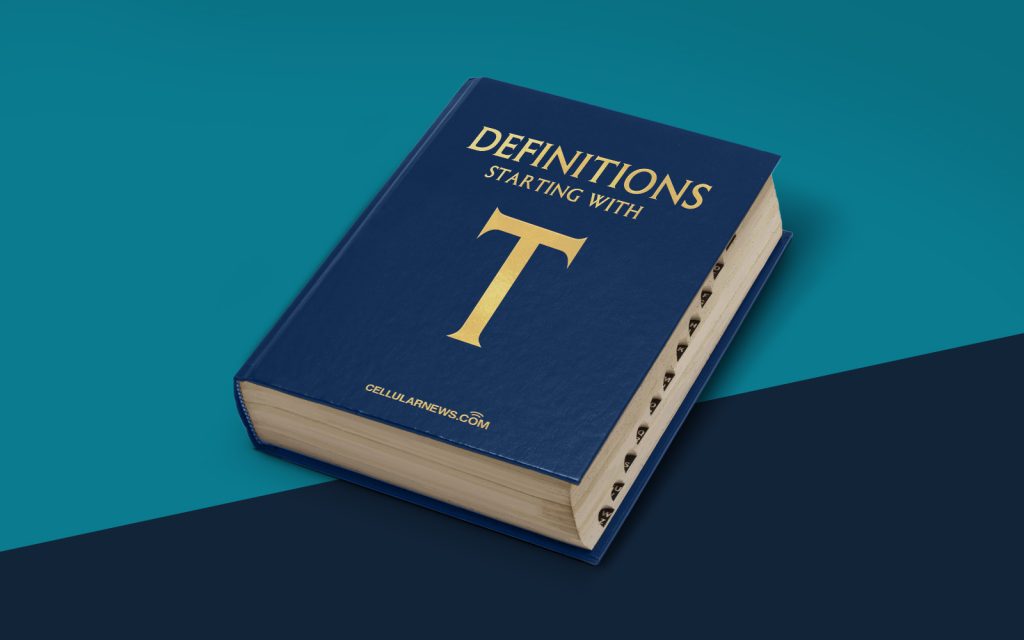
Transcoding: Unraveling the Mystery Behind Digital Content Transformation
Have you ever wondered how videos and audio files seamlessly play on various devices and platforms? How is it that a single file can be played on a smartphone, a computer, or even a smart TV without any compatibility issues? The answer lies in the process of transcoding.
Key Takeaways
- Transcoding is the process of converting digital media files from one format to another.
- It allows the content to be played on different devices and platforms without compatibility issues.
So, what is transcoding exactly? In simple terms, transcoding refers to the process of converting digital media files from one format to another. It involves the transformation of video or audio data, while maintaining the integrity of the content, ensuring it can be played on different devices or platforms.
Now that we understand the basic concept of transcoding, let’s dive deeper into its significance and how it works.
Why is Transcoding Important?
Transcoding plays a vital role in the digital media landscape, and here are a few reasons why it is important:
- Compatibility: Transcoding ensures that media files are compatible with different devices, operating systems, and software. This flexibility allows content creators to reach a wider audience without worrying about compatibility issues.
- Optimization: Transcoding also allows for optimization of media files, making them smaller in size without compromising on the quality. This is particularly useful for streaming services and online platforms where bandwidth and storage space are a concern.
Now that we understand the importance of transcoding, let’s take a closer look at how it actually works.
How Does Transcoding Work?
The process of transcoding involves two major components: an encoder and a decoder. Here’s a simplified breakdown of how it works:
- Encoder: The encoder takes the original media file and converts it into a different format. This may involve compressing the file, changing the resolution, or altering the file container format.
- Decoder: The decoder takes the transcoded file and converts it back into a format that can be understood and played by the target device or platform. It reverses the changes made by the encoder, ensuring that the content retains its original quality.
During the transcoding process, various algorithms and compression techniques are employed to optimize the file size without compromising on quality. These techniques include bitrate adjustment, resolution scaling, and codec selection.
Once the transcoded file is ready, it can be easily distributed and played on different devices, ensuring a seamless viewing or listening experience for the end user.
In conclusion, transcoding is a crucial process in the digital media landscape. It allows content creators to adapt their media files to different devices and platforms, ensuring compatibility and optimization. So the next time you watch a video on your smartphone or stream music on your computer, remember that transcoding has played a significant role in delivering that experience!
